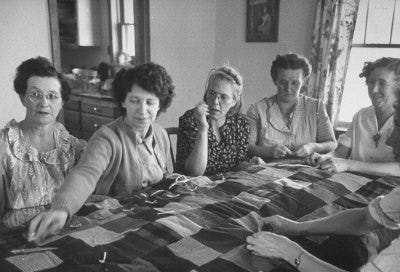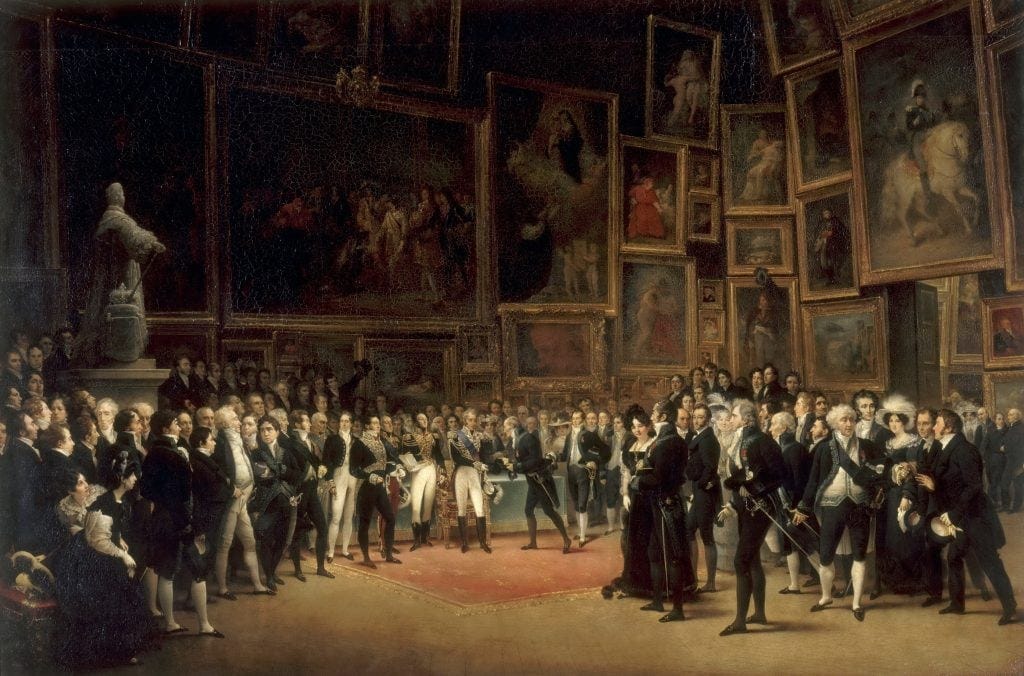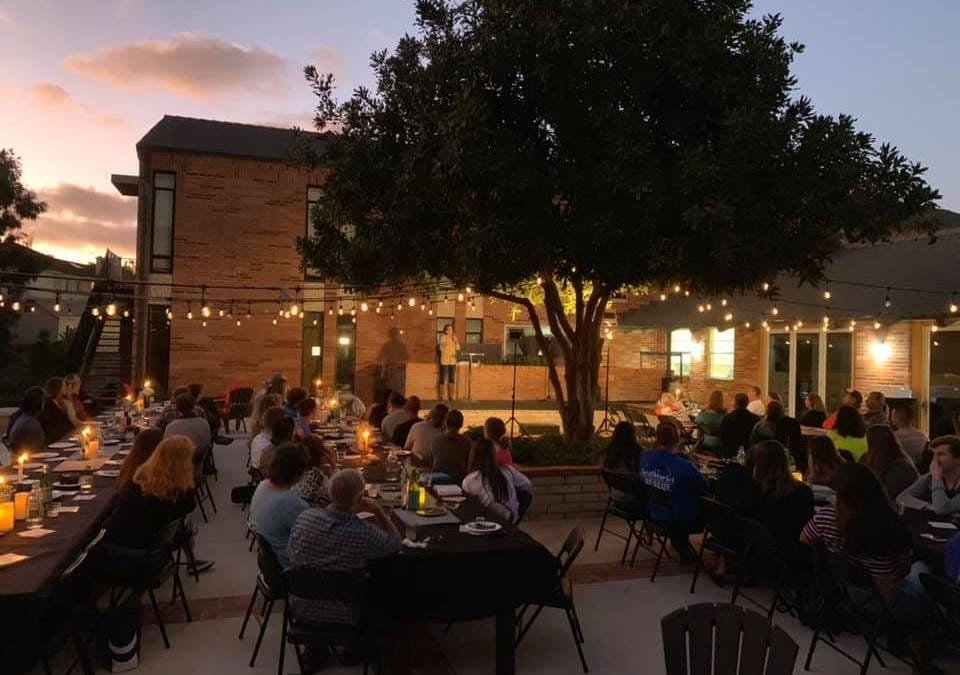Three Spaces We Need Right Now in the City
Society is Coming Apart—Because We Stopped Coming Together. The Next Social Revolution Will Not Be Televised or Tweeted—It Will Be Shared in Person
The Last Dance: What Comes After the Nightclub?
There was a time—not so long ago, but long enough—that the nightclub was the last best hope for spontaneous human connection at scale. If you were young (or wanted to pretend to be), if you were single (or wanted to pretend to be), if you just needed the comfort of a crowd, the club was there. Pulsing, sweaty, chaotic, and deeply flawed, yes—but undeniably, undeniably alive. Now, the nightclub is a relic. The mega-club gave way to the neighbourhood pub, the pub to the house party, and the house party to whatever it is people do now in their own digital silos, liking each other’s photos from separate rooms.
The slow death of the nightclub is only the latest casualty in the broader disappearance of spaces where people gather for no reason other than to be together. Church halls emptied. Service clubs aged out. Lodges fell out of fashion. And so, the great social institutions that once tethered communities together have been quietly replaced by... what, exactly? A bar that serves artisanal cocktails at $18 a glass? A yoga class where people smile but never speak? And don’t even mention the mall, the pro sports stadium seats, or $2000 pop concert tickets. That’s not a social gathering, that’s victimhood.
And so, with no social glue left to bind us beyond the algorithmic whims of our screens, we ask: What comes next? If history has any lessons (and it does), the answers are already there. We just need to put new walls around old ideas.
These three spaces can solve the crisis of isolation, loneliness, and the slow erosion of mental health and social skills by restoring real, unfiltered human connection in an age that desperately needs it.
The Salon: Mixing Pubs and Politics
Once upon a time, the pub was more than a place to drink—it was a parliament of the people. The salon and cabaret scenes of old mixed light entertainment with serious conversation, a place where ideas could be debated, songs could be sung, and grievances could be aired over a pint. For a generation, we turned away from this kind of thing. Politics at the bar was taboo, discussion was fraught, and God help the fool who brought up a real issue over drinks. The social contract was clear: Stick to sports, gossip, or nothing at all.
Before nightclubs, people gathered in salons—not the hair-cutting kind, but intimate, candlelit spaces where music, ideas, and storytelling flowed. In the 1920s, this took the form of cabarets—half nightclub, half intellectual speakeasy. Imagine a new breed of social space: small, membership-based clubs that blend music, spoken word, debate, and art, attracting those who seek engagement as much as entertainment.
Book clubs are a vestigial artifact of the salon.
But there’s no getting around it: We need more spaces where we can talk again. The modern cabaret could be the answer—live music, a bit of comedy, storytelling, and an unfiltered (but well-moderated) open forum on the issues of the day. Imagine a pub where, one night a week, the band stops and the floor opens for debate. Or a comedy club where, after the jokes, a discussion unfolds on why we find certain things funny. No outrage. No shouting matches. Just a gathering of thinking people daring to engage. Done wrong, this could be awful—drenched in performative wokeness or ruined by the smug certainty of a single ideological bent. Done right, it could be the great conversation we all desperately need.
The Feast: A Church Dinner Without the Church
Nothing brings people together like food. But the communal meal—at least in a structured, meaningful way—has all but disappeared outside of family gatherings and overpriced supper clubs. The closest thing most people experience to a true community dinner is a wedding or a funeral. Once, though, there were church suppers, town feasts, and community meals where strangers sat beside one another, passed the potatoes, and learned something about their neighbours in the process. These weren’t fancy. They weren’t expensive. They were just good.
We threw the church dinner out with God and religion, but the idea deserves resurrection. A modern feast hall could thrive in any city. No exclusive memberships, no pretentious menus—just long tables, simple food, and a reason to gather. One week, a Lebanese dinner, the next an Acadian spread, then a Ukrainian night—each hosted by the people who know that food best, served to a crowd with no agenda beyond eating together. Storytelling, music, and toasts could return as natural accompaniments. A public square of the stomach, reminding us that, at our core, we are social creatures who still crave communion—just without the Sunday sermon.
The Guildhall: A Tavern of Trades
If Canada is going to get serious about making and growing its own things again, we need to start by remembering how to do things with our hands. The old guild halls, the lodges, the workshop clubs—these weren’t just places where people worked on their trades. They were social centers, lifelines, and schools for skills that have all but disappeared from public life.
We could bring it back, but reimagined for modern needs. Picture a space that is part pub, part workshop, part gathering place. A Tavern of Trades, where you grab a drink (alcoholic or not) and leave with something you built, learned, or shared. One week, it’s boat repair. Another, it’s leatherworking. Maybe someone teaches the lost art of dory building, or someone else runs a crash course in quilt-making. Not a class, not a store—just a place where people can work alongside one another, trading knowledge and stories in equal measure.
A Quilting Bee in the old days was a group of women getting together to make a quilt, usually for an occasion- a wedding, a baby etc. Many hands make light work, right? Bees were social gatherings where woman could share in some communal bitching or gossiping or consoling or advice or whatever groups do when they congregate, while working on a project for one of their members. The tradition was disrupted by sewing machines and telephones and cars and distance, although gatherings still happen in some places, and forms. As the Modern Quilting world grows, many of the better parts of the traditions are being revived, with a modern spin. Those who like craft still like to congregate to talk over the trials and tribulations of life often unintentionally using the symbolism of craft - that’s what Freemasonry is.
The appeal here is twofold: It revives the joy of craft, something sorely missing from a world that has reduced work to clicking buttons. And it gives people a place to gather for a reason other than spending money or getting drunk. Imagine a Canada where every town has a Guildhall, where making, fixing, and sharing are part of the fabric of community again. If the economic tides are shifting, if we are truly moving toward a world where Canada must rely on itself once more, these are the institutions that will save us.
What Comes Next?
Progress isn’t a straight line. We swing from one extreme to the other—boom to bust, enlightenment to idiocy, excess to scarcity. But the problem of human connection remains, always. And in every great unraveling, something new is born. Or rather, something old is reborn in a new skin.
The nightclub had its time. It was fun, loud, messy, and, in its way, democratic. It was the last of the great spontaneous social spaces, and now it is fading. But if we’re lucky—if we’re willing to look backward to go forward—something better might take its place.
A conversation, a feast, a trade. Something that reminds us we were never meant to live this life alone.







